The Return of Merlin and the Wizard
Published on July 3rd, 2017
The 49th edition of the 2017 biennial Transpac Race has starts on July 3, 5, and 6 for the course from Point Fermin in Los Angeles to the finish at Diamond Head in Honolulu 2225 miles away. Among the 55 entrants, there will be extra anticipation for the one of the boats to start on that final day, as Paul Allen reports for Adventure Sports Journal.
The cold 57 degree water sprays over the bow as the eight man crew stacks 13 heavy sails on one side for stability. Not long after the stack of sails is secured, it’s time to change sails. All hands are required to raise the new sail and pull the old sail down as the boat leaps over the waves. A crew member on the leeward side vomits over the side and quickly returns to his task, for there is no time for seasickness.
The boat continues to pound and smash through waves into the night. The next day comes and another sail change is needed. This time it’s a sail change to accommodate downwind sailing. The boat begins to surf down the large following swell instead of smashing into it. This is typical of the first 24 hours of the 2,225- mile race from Los Angeles to Honolulu known as the Transpac.
For the next several days of downwind sailing the air and wind will get warmer as the boat enters the tropical tradewinds. Evening squalls must be handled with caution and efficiency to gain the most from their high winds. The finish line off the Diamond Head lighthouse is among the best in yacht racing and is often the warmest and windiest part of the entire course.
In 1977, the surfing and sailing lifestyle in Santa Cruz was alive and strong. Until this time, sailing bigger boats was painstakingly slow. The thrill and speed of riding waves was only being experienced by surfers and small boat sailors, leaving other sailors yearning for a more exciting and speedy experience. Imagine the frustration of paddling hard to catch waves but never riding one.
In the mid 1970s, Soquel yacht designer Bill Lee had a vision and threw conventional design and boatbuilding to the wind. Bill wanted to build boats light enough to catch wind waves which would make sailing much faster and more fun. The slogan “Fast is Fun” was born for the Santa Cruz line of boats. The popular Santa Cruz 27 was the first of these wave catching boats.
I can remember numerous days charging down waves at 17 and 18 knots in my family’s Santa Cruz 27. To this day there is still a strong Santa Cruz 27 fleet on the West coast catching waves. Soon it became clear that if the smaller boats could catch wind waves then a bigger version may be able to overtake the small wind waves and slide down the bigger ground swell.
Offshore racing is deeply embedded in the sailing culture of California. The most sought after offshore race on the West coast is the Transpac. In 1977 Bill designed and built a narrow and extremely light 68-foot boat named Merlin. Bill and his crew of seven raced his 68-foot creation in the Transpac, riding down the faces of waves that previously would have escaped over the horizon.
Merlin and two competitors, Ragtime and Drifter, were revolutionary boats in 1977 with their long, narrow and lightweight design that could pierce through the small waves. Merlin slid down the large North Pacific swells with speed and grace and it earned Bill the nickname “Wizard.”
During the 1977 Transpac, the boats sailed through squalls in the evening where gusty winds would launch them through the backs of the waves. Surprisingly Bill states, “The boat was easy to sail and the good guys were always able to keep her going.” In eight days and 11 hours, Merlin and her crew arrived in Honolulu setting a new record that stood for 20 years, beating Drifter by only 17 minutes.
Merlin performed so amazingly in Transpac that Bill continued to build more boats. Designs progressed, culminating in a 70-foot boat that would fit into the complex measurement rules allowing Bill’s boats to compete against different designs under a handicap system. The new design resulted in a boat with more volume that was able to stay above the small waves instead of piercing through them.
For a 20-year period Bill built many Santa Cruz 70s. These boats are commonly known as sleds due to their ability to slide down the waves. Sleds are no longer a modern design, but they still have the best fleet and the closest competition on the west coast.
Bill has brought Merlin back to Santa Cruz to compete in the Transpac this year. Passing from owner to owner for a number of years, the boat was most recently in Lake Michigan. Merlin has seen some changes with a new mast, keel, rudder, deck, etc., but her spirit and history remain the same. Bill explains, “The boat in ‘77 was easy to sail, but she is even easier now due to the lighter weight rigging, sails and better rudder design.”
Two of the original crew from 1977, Bill Lee and Jack Halterman will be racing on the boat this year. Capitola sailor Bob Larson was on the 1977 crew, but instead of Bob racing on the Merlin, it will be his son Morgan. Harvey Kilpatrick was on the original crew as well and was a key helmsman and vital member of the winning 1977 team. He was also one of my personal mentors for offshore racing. Unfortunately Harvey has passed away and will be missed on this historic reunion.
On July 6th Merlin will be on the start line with Bill Lee leading her team that has been preparing the boat. They’ve been sailing every week and training in the gym for the past year. Merlin will be racing the 10+ boat sled fleet, competing against several other boats that Bill designed and built.
Event details – Entry list – Facebook




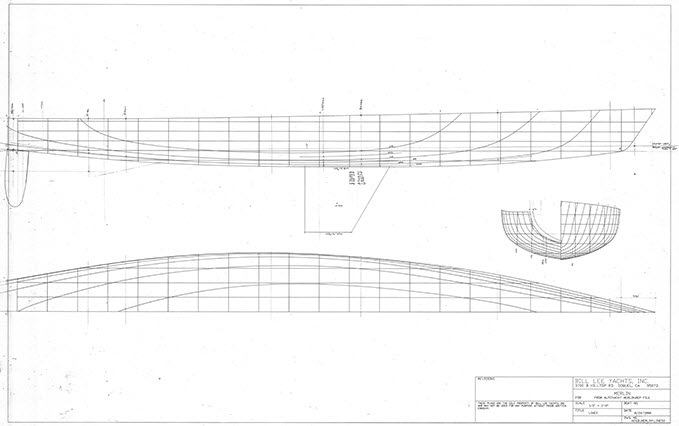
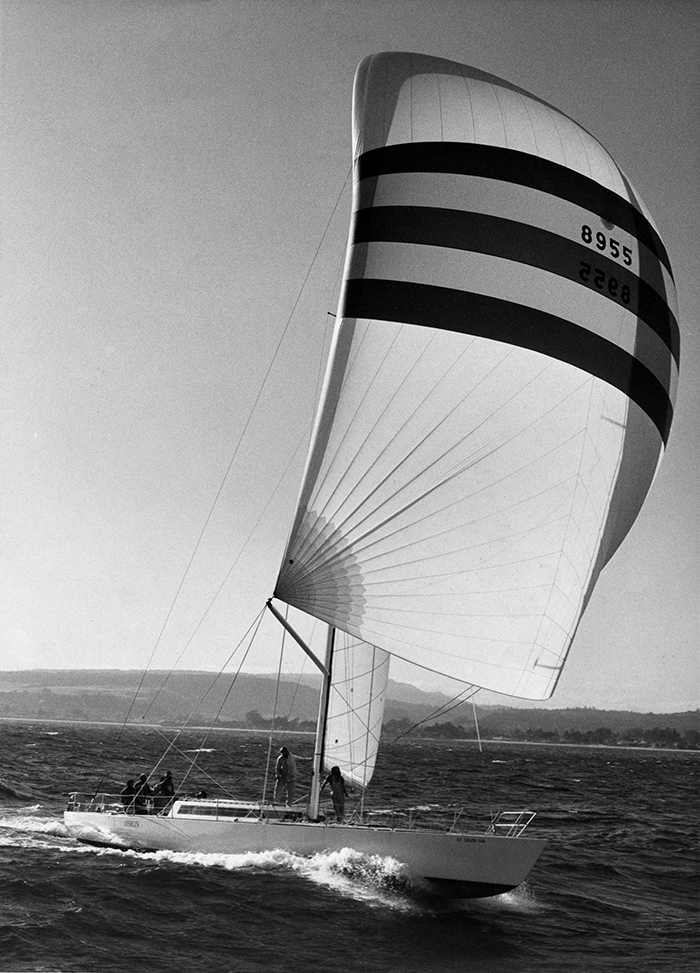

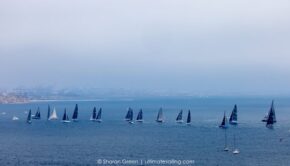
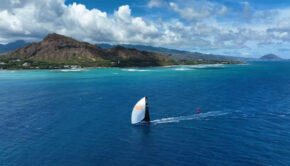
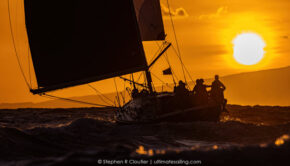
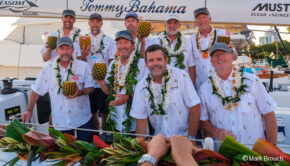
 We’ll keep your information safe.
We’ll keep your information safe.